Because we use the computer in the design process we are able at a much earlier stage to make models of buildings that approach the scale of reality.”
Interviewed by Vibeke Gieske
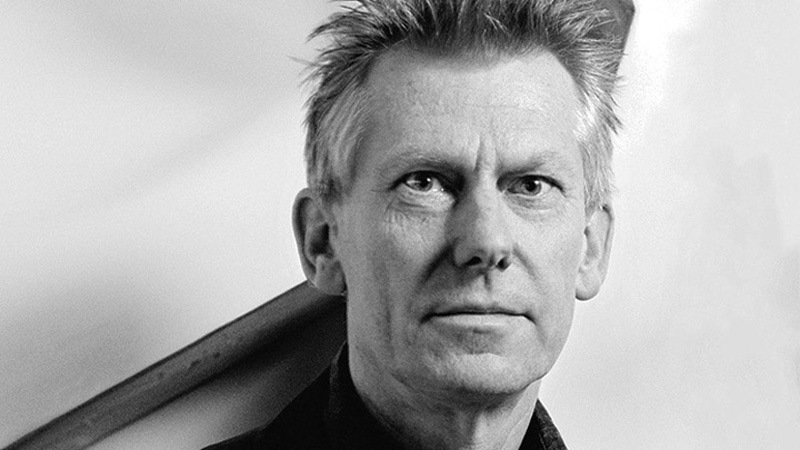
Tell us about your methodology
The relationship between the visual arts and architecture is most evident in our method of working. Whereas most architects still work from scale models, and in that sense are working to some extent in an abstract way, because we use the computer in the design process we are able at a much earlier stage to make models of buildings that approach the scale of reality. That's something a visual artist can do too − they create their own reality at full size.
Your work seems to involve a high level of experimentation and research
In my Hyperbody research group at Delft University of Technology we are researching industrial customized solutions. Technology that originated in the gaming industry is being used to develop new design tools, which are then used in the design. One of our projects is the “interactive wall”. A direct application of this is to be found in the dynamic sound barrier we developed for use along a railroad track. Here sound is taken to be a set of signals to which the wall reacts. When a train approaches, the sensors in the wall detect the sound and cause the wall to rise.
Light plays an important role in your buildings, doesn’t it?
My virtual buildings are in effect organized clouds of dots, in which each individual dot can be activated separately. In the design for the 2007 Al Nasser Headquarters in Abu Dhabi, each window frame can be controlled and the façade is made up of LED pixels that can be controlled individually. This makes light ideal for using spaces in an interactive way: in the Zoutwaterpaviljoen (1997) [Salt Water Pavilion] we used sensors so that the movements of end-users triggered changes in the light in the various spaces.
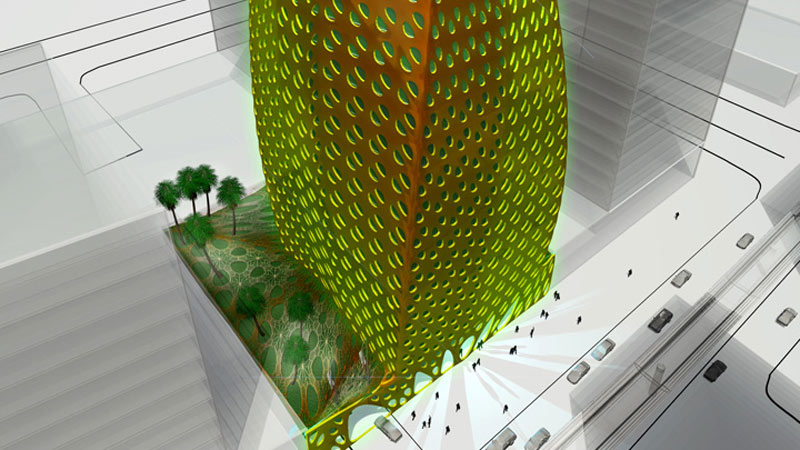
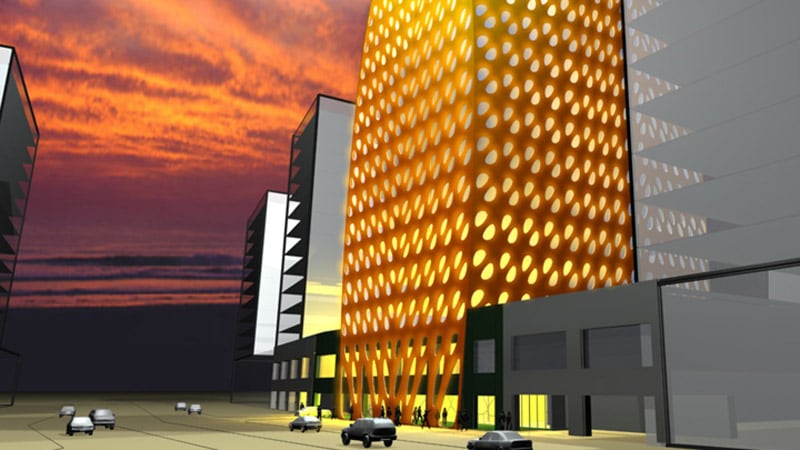
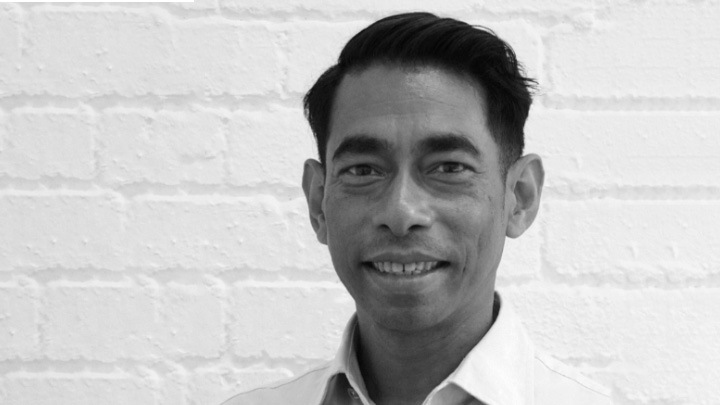
Farhad Rahim
A lighting designer blends artistic talents with engineering capability, according to engineer and artist Farhad Rahim, Associate Director at Buro Happold.
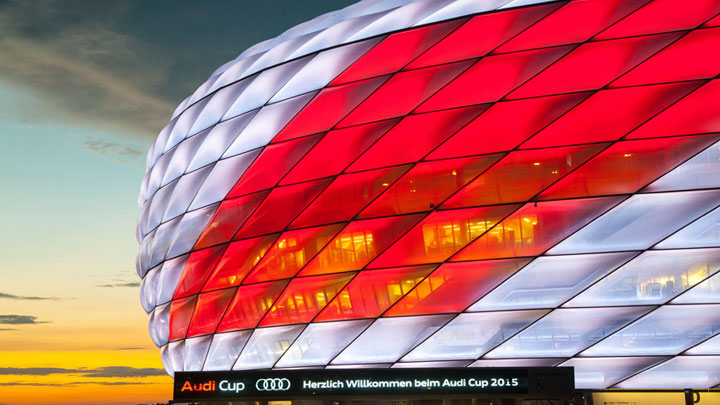
Tools
Philips Lighting specifier tools: up-to-the-minute support for engineers, lighting designers and architects
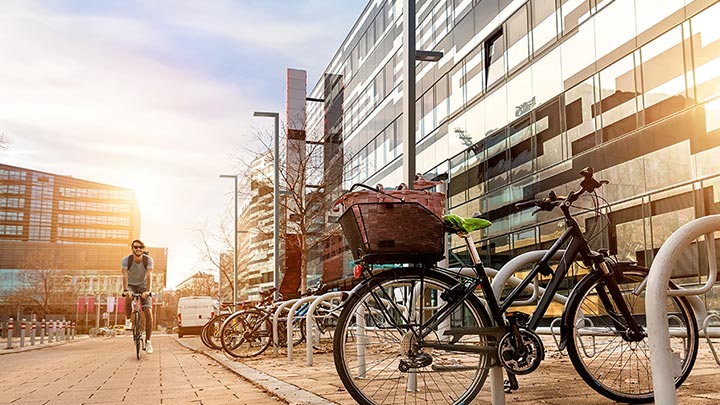
Specifier, innovation
Advances in 3D printing allow architects, interior designers and lighting designers to specify custom luminaires for every project at an affordable price.